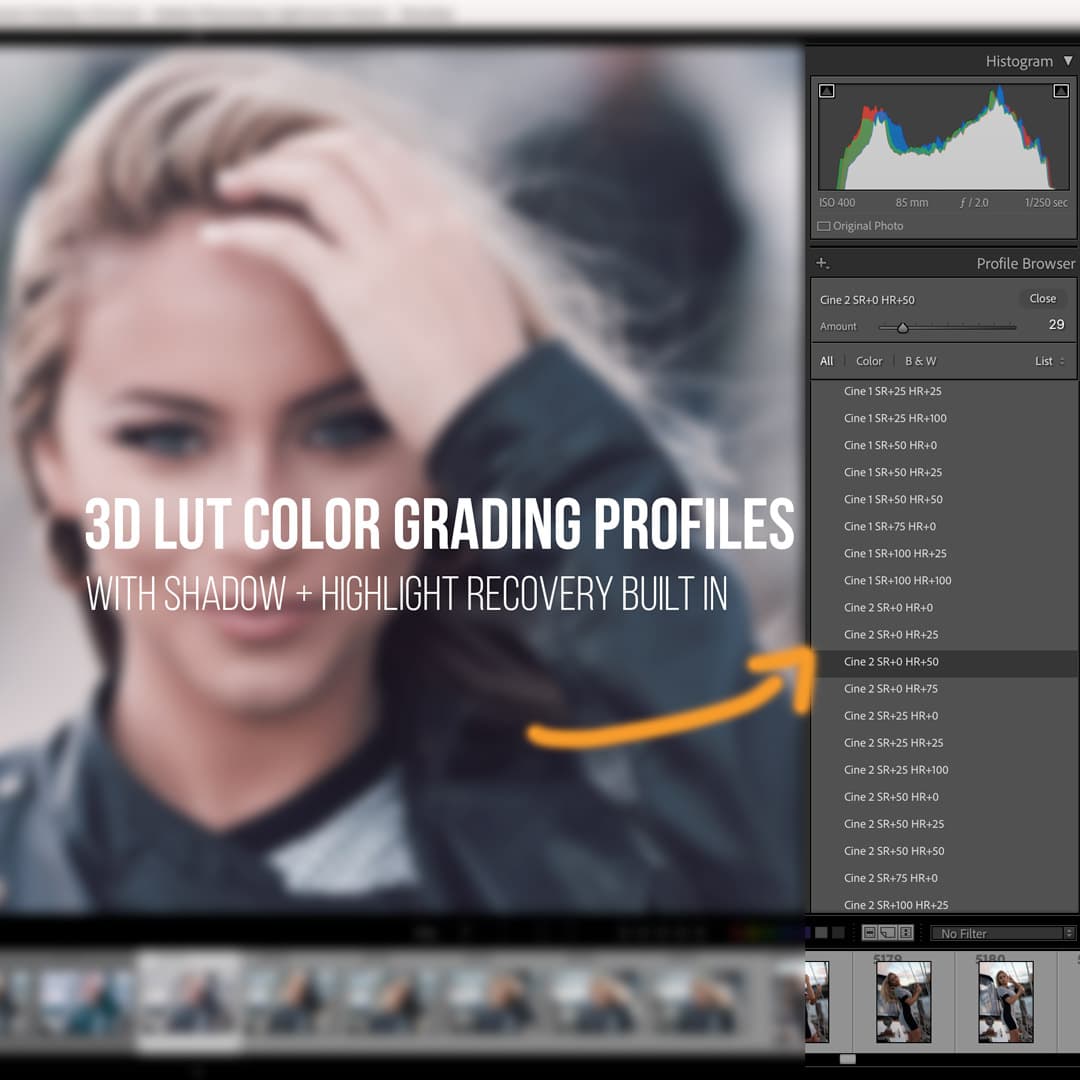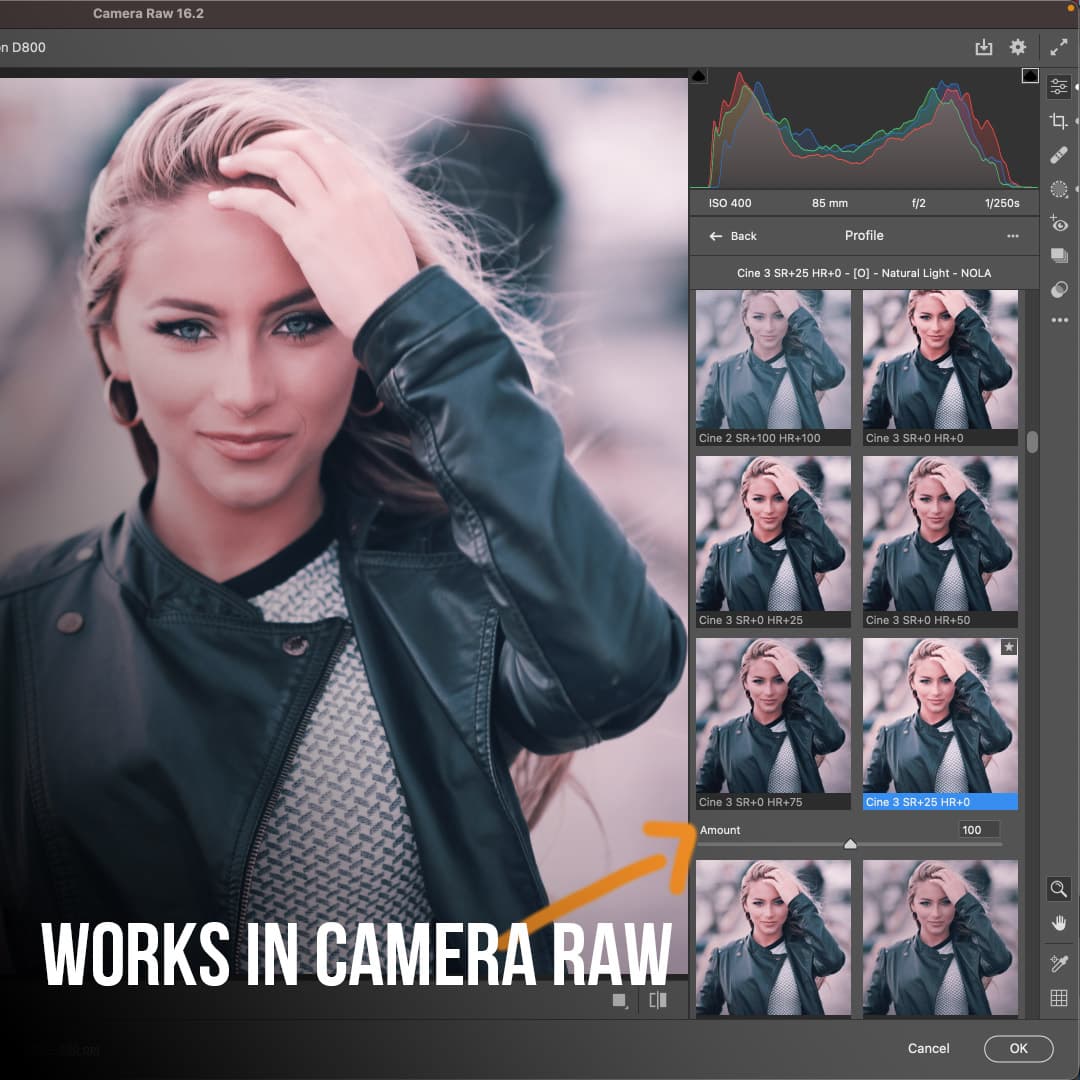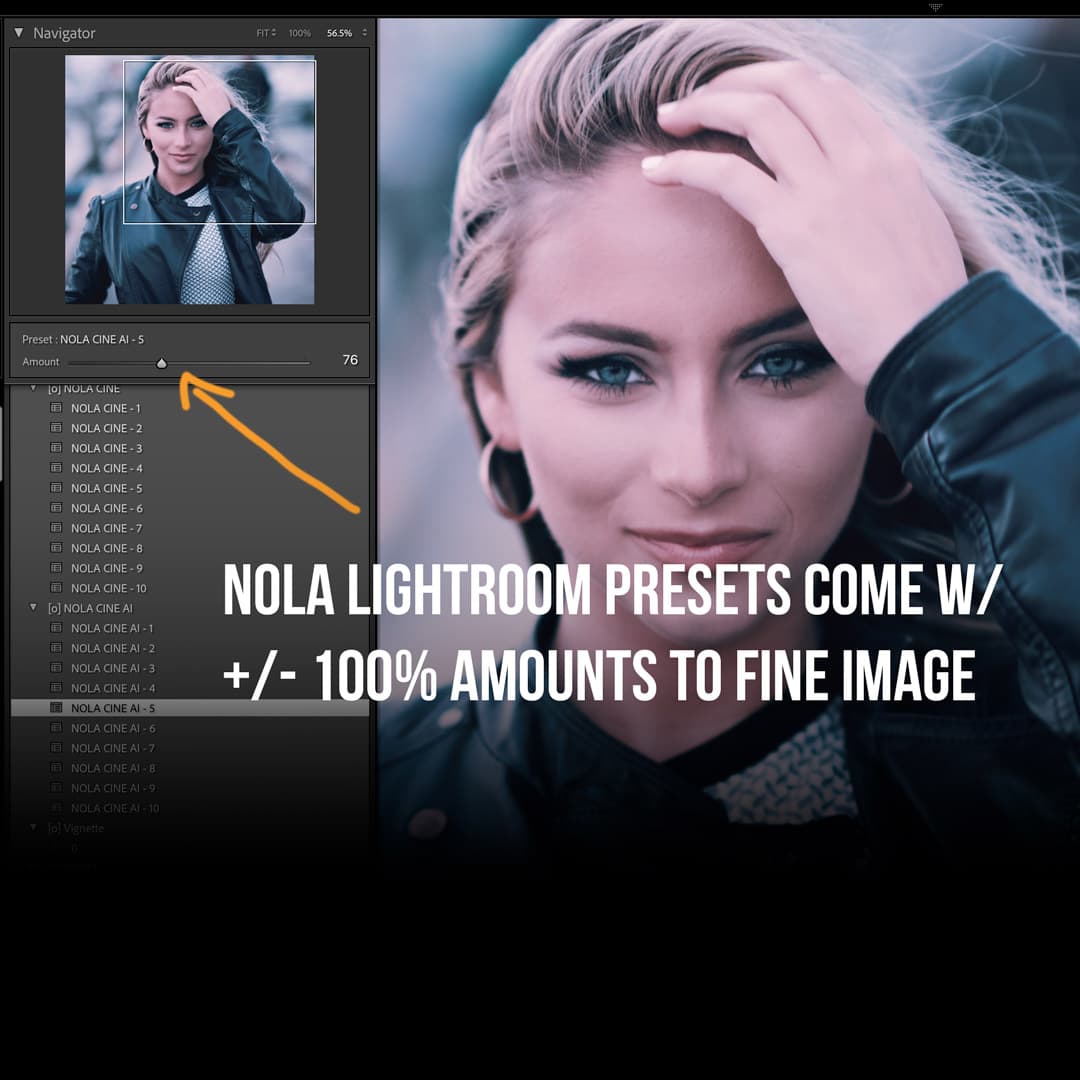Creating Panoramic Images with Photoshop: A Step-by-Step Guide
Creating panoramic images is an exhilarating way to capture landscapes in their full glory, providing viewers with the feeling of being immersed in the scene. With the power of Adobe Photoshop, we can seamlessly blend multiple photographs into a single sweeping image. This process not only preserves the intricate details of each shot but also enhances the overall effect of the panorama. The software's sophisticated algorithms work behind the scenes to stitch the images together, taking into account different angles and perspectives to produce a coherent and visually stunning panorama.
The journey to creating your own panoramic masterpiece begins with capturing a series of overlapping photographs, ensuring that each frame has a common point of reference to allow for accurate alignment during post-processing. Once we have our series of photographs, Photoshop becomes our digital darkroom. Here we employ tools such as 'Photomerge' to combine images, refine the seams, and adjust the colors and tones to create a seamless panoramic image that looks both natural and breathtaking.
Key Takeaways
- Adobe Photoshop provides a comprehensive toolset for merging multiple photographs into a cohesive panorama.
- Seamless panoramas are achieved through meticulous photo capture and expert post-processing techniques.
- The end result is a striking panoramic image that captures the grandeur of the scene.
Equipment and Setup for Panoramic Photography
Creating a panoramic image that truly captivates requires not only a creative eye but also the right set of tools and techniques. We'll guide you through the essentials of equipment selection and camera setup to help ensure your panoramic shots are technically sound.
Choosing the Right Equipment
For high-quality panoramas, we focus on three main pieces of equipment: the camera, lens, and tripod.
- Camera: A digital camera with manual mode is essential, as it allows us full control over the exposure settings. This is critical for maintaining consistency across multiple shots.
- Lens: We often opt for a wide-angle lens to capture as much of the scene as possible, although sometimes a standard or telephoto lens may serve our purpose better. Clarity and sharpness across the entire image are what we're aiming for.
- Tripod: Stability is key, so we use a sturdy tripod to eliminate camera shake and ensure each frame aligns properly with the others. Additionally, some tripods come with a built-in level, which is invaluable for maintaining a straight horizon.
Camera Settings and Exposure
To achieve uniform exposure and focus across our panoramic series, we stick to certain camera settings:
- Exposure: We set our camera to manual mode, keeping the aperture, shutter speed, and ISO constant for all shots. This avoids variations in lighting between frames.
- Aperture: A smaller aperture (higher f-number) usually provides a greater depth of field, ensuring everything from the foreground to the background is in focus.
- Shutter Speed: We choose a shutter speed that provides a good exposure based on the lighting conditions, making sure it remains the same for each shot to avoid varying brightness levels.
- ISO: We keep the ISO as low as possible to minimize noise, which is particularly important when stitching images together, as noise can be more noticeable in the seams.
By meticulously controlling our camera settings, we're setting ourselves up for a successful panoramic image that looks cohesive and seamless.
Shooting Techniques for Panorama
https://www.youtube.com/watch?v=EX6ErVu4AH4&embed=true
In creating panoramas, we place great emphasis on the techniques we use during shooting. Capturing overlapping images and maintaining consistency across shots are crucial to producing seamless panoramic images.
Capturing Overlapping Images
When shooting images for a panorama, we ensure that each photo has an overlap of about 30% with the adjacent images. This overlap is essential for software like Photoshop to correctly align and stitch the individual images together. Here's how we might approach it:
- Set the camera to a horizontal orientation to maximize the vertical field of view.
- Begin by taking a test shot at the far left of the scene and then at the far right to ensure total coverage.
- Move the camera incrementally, capturing images with significant overlap between them.
Maintaining this level of overlap helps us prevent gaps and mismatches in the final panorama.
Maintaining Consistency Across Shots
To preserve the uniformity of our panorama, we keep the exposure, focal length, and focus consistent throughout each shot taken. Here's our process:
- Exposure: We use manual mode to keep the exposure settings (ISO, shutter speed, and aperture) the same for each frame, avoiding shifts in lighting between shots.
- Focal Length: We avoid zoom adjustments by locking the focal length. This ensures each image maintains the same perspective.
- Focus: We switch to manual focus, setting our focus point before the first shot and maintaining it across the series.
By adhering to these practices, we ensure that our panoramas are free from disparities that could disrupt the viewer's experience.
Importing and Organizing Photos
https://www.youtube.com/watch?v=imWsQqtcJPg&embed=true
Before we begin editing our panoramic photos in Photoshop, it's crucial to import and organize our assets efficiently. This enables us to work more effectively, ensuring that all our photos are properly aligned and ready for the panoramic stitching process.
Using Adobe Bridge for Organization
Adobe Bridge is our go-to tool for a streamlined workflow—it acts as a hub for all our photographic assets. Here, we can browse through our files visually, simplifying the task of selecting the right sequence of photos for the panorama. To keep our workspace tidy:
- Launch Adobe Bridge.
- Navigate to the folder containing our images.
- Use the
Contentpanel to view thumbnails of our photos.
By using Bridge’s batch rename feature, we ensure consistent naming conventions, which is essential for keeping track of our image sequence. Additionally, Bridge allows us to assign ratings or labels to the best shots, helping us identify the ideal candidates for our panoramic merge.
Preparing Images in Camera Raw
Once our photos are organized, we open them in Camera Raw for preliminary adjustments. This step ensures that exposure and white balance are consistent across all images, which is paramount when creating a natural-looking panorama. To do this:
- Select the intended photos in Bridge.
- Right-click and choose
Open in Camera Raw. - Adjust settings like Exposure, Contrast, and White Balance as needed.
By synchronizing our adjustments across the selected images in Camera Raw, we lay the groundwork for a seamless panoramic image where each photo matches the others in terms of lighting and color. It's these careful preparations that pave the way for a successful photomerge in Photoshop.
Creating a Panorama in Photoshop
https://www.youtube.com/watch?v=a-R-BoVIl5c&embed=true
Photoshop offers a powerful feature known as Photomerge, which allows us to seamlessly stitch together multiple images to create stunning panoramas. It intelligently layers each photo, blending and merging to build a seamless composite.
Understanding the Photomerge Command
The Photomerge command in Photoshop is the cornerstone of creating panoramic images. It combines several photographs, overlapping them to produce a single continuous image. To initiate the Photomerge process, we navigate to File > Automate > Photomerge. Within the Photomerge dialog box, we're presented with several layout options—ranging from Auto to more controlled options like Cylindrical or Spherical. Selecting Auto lets Photoshop analyze and align the images automatically. However, if we desire more control or need to correct for certain lens distortions, we might opt for one of the other manual options to stitch the panorama more precisely.
Assembling Panoramas with Layer Masks
After the initial merge, we often refine the panorama manually using layer masks. These masks in the Layers panel allow us to non-destructively hide or reveal parts of the layers, so we can further blend the transition between images. We start by adding layer masks to our layers, then use tools like the brush to paint in or out parts of the image. This is particularly useful for correcting any areas where the merge isn't perfect due to moving subjects or exposure differences. The goal is to ensure that the final panorama looks cohesive and there are no visible seams between the stitched images. By leveraging layer masks, we maintain full control, being able to revisit and adjust the masks as needed without losing quality or starting from scratch.
Refining the Panorama
https://www.youtube.com/watch?v=biJ1u8C9Omk&embed=true
Once we've merged our images into a panorama, our next step is to refine the image to ensure a seamless and visually pleasing result. The process includes balancing exposure across the frames, correcting any lens-induced distortions, and ensuring that the details blend perfectly.
Adjusting Exposure and Colors
During the stitching process, it's common to encounter variations in exposure and colors due to changing lighting conditions between shots. We need to even out these differences to create a cohesive image. This is best done by using the Levels or Curves adjustment layers to match the luminance levels across the panorama. We can also adjust saturation to achieve consistent and vibrant colors throughout. If there's a visible vignette effect, we can remove it using the Lens Correction filter or manually with a Content-Aware fill.
Correcting Geometric Distortion
Our panorama might suffer from geometric distortion if the source images were taken with a wide-angle lens or if the camera wasn't level during shooting. We correct this by using tools like Perspective Correction or Adaptive Wide Angle filter, which help in straightening and aligning the elements within the image. For more complex distortions, we may need to manually transform certain areas of our panorama to restore a natural appearance.
Blending and Stitching Details
The final step in our refinement process involves blending and stitching the intricate details of the panorama. We use Photoshop's Auto-Blend Layers feature, which does an excellent job at stitching the layers together while maintaining the integrity of fine details. It significantly reduces any misalignments or content overlaps. Where Auto-Blend falls short, we can manually tweak the layers, using masks and the Healing Brush tool for a perfect blend.
Throughout this refinement process, we ensure every correction contributes to a panoramic image that looks naturally unified, without visible signs of the extensive digital manipulation that has been carried out.
Final Touches and Output
https://www.youtube.com/watch?v=AL9r6rKwFmI&embed=true
After meticulously stitching our images together, it's crucial to refine the panoramic photo to ensure the highest quality before saving it for display or printing. The fine-tuning process tends to the edges of our canvas and enhances the overall image through calculated adjustments.
Crop and Transform the Panorama
We often begin by using the Crop Tool to eliminate any uneven edges, resulting in a cleaner composition. This might involve some content-aware filling to preserve important details that could be lost in the cropping. If the panorama requires straightening or perspective changes, Transform functions such as scale, rotate, skew, or warp help us achieve the desired alignment.
Enhancing Quality with Filters and Adjustments
Once cropping and transformation are complete, our focus shifts to improving the image's tone and quality. This entails applying various adjustments to modify levels, contrast, and saturation for a more vivid portrayal of the scene. Filters are employed selectively, often used for sharpening to bring out finer details or for retouching to fix minor blemishes in the panorama. For photographers who perform initial edits in Lightroom, adjustments in Photoshop further refine the quality before output. Exporting as a TIFF file retains the high quality of our panoramic image, ensuring it's ready for any form of presentation or publication.
Advanced Panorama Techniques
https://www.youtube.com/watch?v=Zw0mOyplffY&embed=true
In this section, we explore specialized methods for creating panoramas that go beyond the standard flat stitch. Our focus is on shaping the panoramic experience through spherical and cylindrical projections, as well as the artistry involved in crafting panoramic collages.
Creating Spherical and Cylindrical Panoramas
To create a spherical panorama, we capture a full 360-degree view of a scene. This immersive perspective allows viewers to feel as if they are standing within the space. To achieve this, ensure consistency in exposure and white balance across all images. We commonly use a tripod with a rotating head to ensure a level horizon throughout the series of shots. To blend images together seamlessly in Photoshop, take advantage of Adobe's Photomerge feature, which smartly repositions and distorts each image to fit into the spherical layout.
For cylindrical panoramas, the process is similar, but the field of view is limited vertically, often resembling a wide strip that wraps around the viewer. This is perfect for capturing vast landscapes without including the sky or ground. The key here is to maintain a consistent perspective and use a pivot point that stays aligned with the central axis of our cylindrical space.
Experimenting with Panoramic Collages
When creating panoramic collages, we bring together various photographs into one cohesive panoramic image. These collages allow for a creative representation of space and time, often displaying multiple perspectives or moments, unlike typical panoramas that strive for a uniform view. To create a compelling collage:
- Select images with overlapping elements to provide a base for blending.
- Use the Auto-Blend Layers function in Photoshop to smooth out the transitions.
- Manually adjust the layer masks as needed for a tailored blend.
Through the art of repositioning and manipulating layer masks, we craft a panorama that not only represents a wide view but also tells a story through its composite layers. This technique allows for a play with reality, altering perceptions and highlighting elements within the panoramic scene.
Saving and Sharing Your Panorama
Once we've created a compelling panoramic image with Photoshop, it's imperative to save and share our work in a way that maintains quality across various platforms. Understanding the export options and best practices for online sharing ensures our panoramic images make the intended impact.
Export Options for Different Mediums
Print: For print, we save our panoramas as TIFF files, which preserve high quality without loss of detail. We ensure the resolution is at least 300 dpi and choose the color profile that best suits the printer's specifications.
- Resolution: 300 dpi
- Color Profile: (Based on printer)
- File Format: TIFF
Web and Social Media: JPEG is our go-to format for online sharing due to its balance of quality and file size, making it faster to upload and download. We often use Photoshop's "Save for Web" feature, which allows us to choose the exact quality settings and preview the output before saving.
- Quality: 60–80 (adjustable)
- File Format: JPEG
- Tool: Save for Web
Archival: When preserving panoramas for our library, we opt for the PSD format. It maintains all our layers and edits, which makes it easy to revisit and alter the image without starting from scratch.
- File Format: PSD
- Layers: Preserved
- Edits: Reversible
Best Practices for Online Sharing
Choosing the Right Platform: Each social media platform has its own image specifications. For example, Instagram favors square or vertical images, while Facebook can accommodate wider aspect ratios. We always check the platform guidelines before we upload.
Optimizing for Load Time: Large panoramic files can be cumbersome for web viewing. We reduce the file size for faster load times while maintaining the integrity of the image. Tools like Photoshop's "Save for Web" allow us to adjust the image accordingly without much compromise on quality.
Alt Text and Descriptions: We add descriptive alt text and captions to our uploads. This ensures our panoramas are not only accessible to all users, including those using assistive technologies, but also more discoverable through search engines.
By following these specific guidelines, we ensure our panoramas are saved in the right format for each medium, and our sharing practices are optimized for visibility and engagement.
Frequently Asked Questions
In this section, we'll cover some of the most common inquiries about creating panoramic images using Photoshop, ensuring you have a smooth experience with the software's powerful tools.
What steps are involved in merging photos to create a panorama using Photoshop's Photomerge feature?
To create a panorama in Photoshop using Photomerge, we first navigate to the 'File' menu, then 'Automate', and select 'Photomerge'. From there, we can add the sequence of images we wish to merge and adjust settings to align and blend the photos seamlessly. For detailed steps, refer to Create and edit a panorama in Photoshop.
Is there a free stitching software alternative for creating panoramic images?
Yes, there are free alternatives for stitching photos to create panoramas. One well-known option is Hugin – an open-source panorama photo creator that offers similar functionalities to Photoshop's Photomerge.
How can you resolve issues when Photoshop's photomerge fails to work properly?
When encountering issues with Photomerge, we can troubleshoot by ensuring all images have sufficient overlap and similar exposure. It's also essential to check for updates or reset Photoshop's preferences if problems persist. For specific troubleshooting steps, visit Adobe's support page.
What are the methods for converting a video into a panorama using Photoshop?
To convert a video to a panorama, we extract frames from the video and follow the same process as merging still photos. We use the 'Import' function under 'File' to load the video frames into Photoshop and then use Photomerge to stitch these frames together.
How can you create a 360-degree photo sphere using Photoshop?
Creating a 360-degree photo sphere in Photoshop involves stitching together a series of wide-angle photos, covering the entire 360 field of view, and then using the 3D functionality to wrap the panorama into a sphere format.
In what format should panoramic photos be saved for optimal quality and compatibility?
For optimal quality and compatibility, panoramic images should generally be saved in the TIFF or PSD format. These formats support layers and high bit depths, which are beneficial for high-quality results and further editing. JPEG is also an option for more accessible sharing and smaller file sizes but with some quality loss.





















